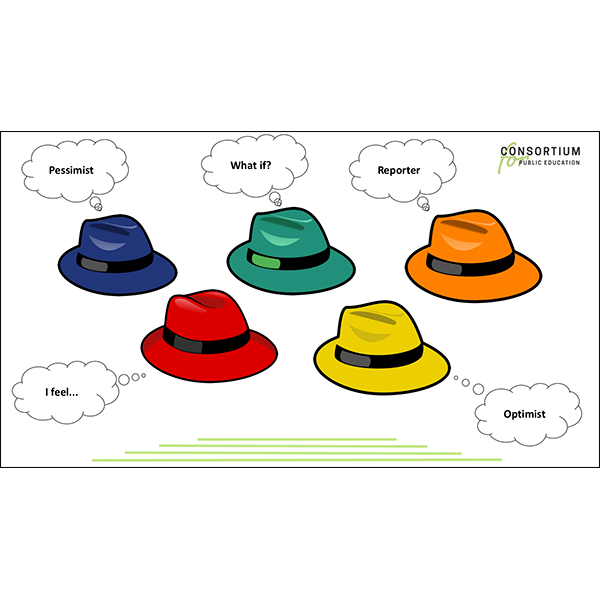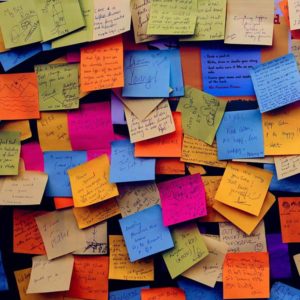Reflection is essentially having a conversation with oneself–a skill that develops over time into a disposition. Within a PBL project, reflection helps to guide students as they progress from day to day; to adjust behaviors while working in groups; to set goals based on perceived successes and obstacles. It is a way to harness the value of experience in an intentional, actionable way. Such practice may be as simple as asking, “What worked well today?” and “What can I do better tomorrow?” Reflection is very much a form of self-feedback and in the same vein requires students to be honest, observant, and constructive in order to be effective. To pause and reflect rarely comes naturally, so scaffolding reflection is key. Using statement starters, prompts, and accessible tools, such as journals can help. This is also another opportunity to allow student voice and choice in terms of format.
-

PBL: Reflection Overview
An introductory slide deck and sample strategies to help students develop this critical skill.
Resource -

PBL: The Thinking Hats for Reflection
A design method with five different lenses for feedback or reflection.
Resource -

PBL: Project Zero Thinking Routines Toolbox
A broad collection of reflection methods to fit nearly any instructional scenario.
Resource







